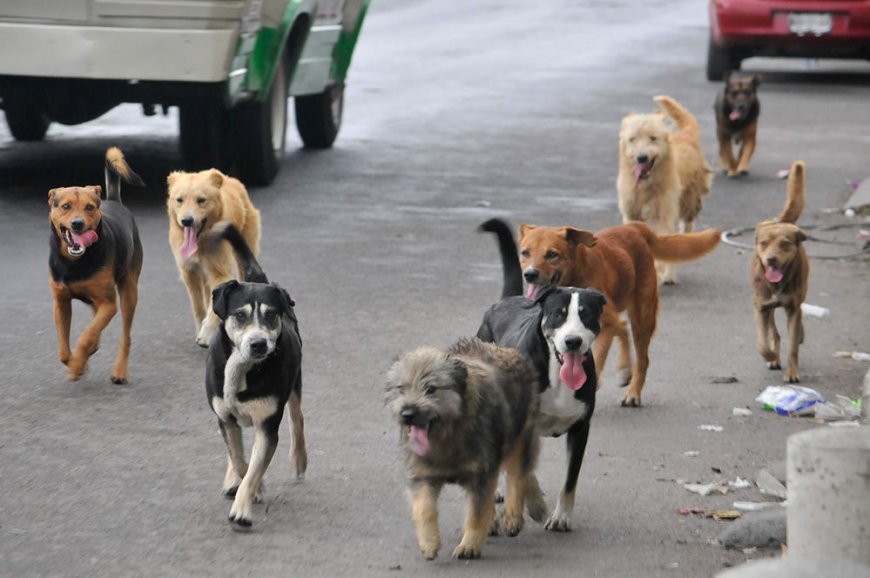Supreme Court Orders Delhi to Remove Stray Dogs: A Step Towards Urban Safety
Supreme Court orders Delhi to remove stray dogs from streets, focusing on public safety and humane sheltering to prevent attacks and diseases.

Introduction
The Supreme Court of India recently passed a landmark order directing authorities in Delhi to remove all stray dogs from streets and relocate them to shelters. This decision aims to address the growing concerns around public safety, animal welfare, and urban cleanliness. The move has sparked a debate on balancing humane treatment of animals with safeguarding citizens.
History & Background
Stray dogs have been a persistent challenge in Delhi and many parts of India for decades. Incidents involving dog bites, attacks on pedestrians, and traffic disruptions have increased public anxiety. Despite existing laws like the Animal Birth Control (ABC) program, many dogs remain unmonitored and stray.
The Supreme Court announced this order on August 1, 2025, emphasizing the urgent need for action to protect citizens from potential harm while ensuring the dogs are cared for in shelters.
Reason Behind the Order
The court’s order was motivated by:
-
A surge in dog bite cases reported in hospitals.
-
Complaints of dog attacks causing injuries and fatalities.
-
Concerns about the spread of rabies and other diseases.
-
The need to maintain cleanliness and order in urban areas.
Impact Beyond Delhi
While the order specifically targets Delhi, several other states like Maharashtra, Karnataka, and Uttar Pradesh have also been taking steps to manage stray dog populations through shelters and vaccination drives. The Supreme Court’s directive may set a precedent for stricter actions nationwide.
Importance and Significance
-
Public Safety: Reduces incidents of dog bites and attacks.
-
Animal Welfare: Encourages humane relocation to well-maintained shelters.
-
Disease Control: Limits spread of rabies through vaccination and monitoring.
-
Urban Cleanliness: Helps maintain hygienic public spaces.
Advantages
-
Safer streets for citizens, especially children and elderly.
-
Organized care for stray dogs in shelters.
-
Enhanced awareness about responsible pet ownership.
Disadvantages and Concerns
-
Risk of overcrowding and poor conditions in shelters.
-
Ethical debates on removing animals from their natural habitats.
-
Implementation challenges, including funding and manpower.
-
Potential increase in stray populations in less regulated areas.
Conclusion
The Supreme Court’s order to remove stray dogs from Delhi streets is a significant step toward balancing human safety and animal rights. Effective implementation, coupled with public cooperation and awareness, will be key to the success of this initiative. Ultimately, a humane and sustainable approach is essential for coexistence in India’s rapidly urbanizing cities.

 Ellofacts
Ellofacts 





